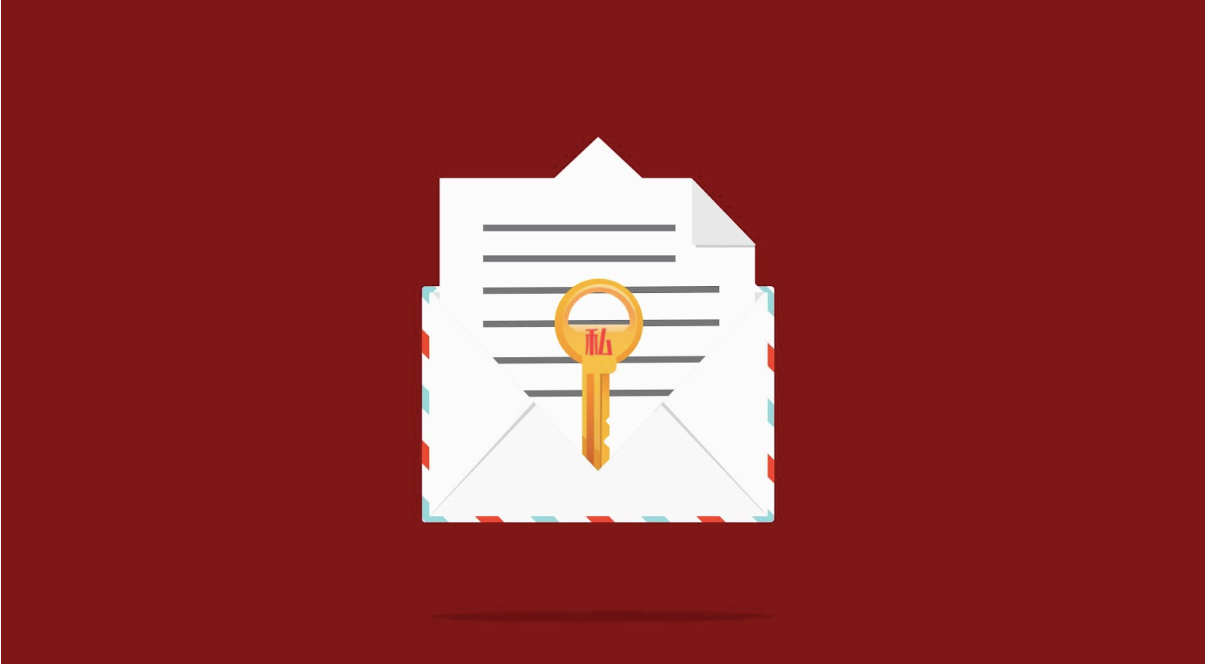In “What Is a Cryptocurrency Wallet?”, we discussed the categorization of crypto wallets and mentioned “recovery phrase”, “private key”, and other terms you may find unfamiliar. This TRON 101 lesson will give you a further explanation of these terms related to crypto wallets.
Anyone new to crypto wallets may be easily confused by seemingly sophisticated concepts such as the private key, public key, wallet address, recovery phrase, and password. To help you get a grip on these terms, let’s learn something about cryptography.
In cryptography, encryption algorithms are divided into symmetric and asymmetric ones. Symmetric encryption means encrypting and decrypting data both with the same key, just like how you use a key to lock and unlock a door. It is easy and convenient, but can result in a catastrophe if the key is leaked out.
Another headache troubling users of symmetric encryption is how to share the key while ensuring its security. An analogy would be that many people hide their door key under the doormat, in a flowerpot, or on top of the doorframe, which leaves the key easy to be found by both their family and burglars.
You might wonder: why not store the key in a locked box? But this solution brings a similar challenge—to find a secure way to share the key (this time it is the key to the box) with the recipient. Dealing with similar challenges is like going down an endless rabbit hole. This is where asymmetric encryption comes in.
Asymmetric encryption uses a pair of related keys, one public and one private key. When we create a wallet account, the system would create a private key using encryption algorithms and then generate a public key based on the private key. This process is irreversible. The public key can be derived from the private key, not the other way around. This is why while public keys can be widely shared, private keys must be kept secret. In addition, asymmetric encryption works like a one-way street. Information encrypted with a public key can only be decrypted with a private key, and vice versa.
Therefore, asymmetric cryptography offers a good solution for ensuring security when exchanging the key. Take the crypto wallet as an example. If someone wants to send you 1 BTC and you provide them with your public key to encrypt the trading information, and then the encrypted message can only be decrypted with your private key. This prevents the leakage of the private key and the consequent asset loss.
Nevertheless, we usually provide the sender with the address of the wallet rather than the public key to enhance security when using the crypto wallet. The wallet address is mathematically derived from the wallet’s public key through a one-way hash function, and the process is also irreversible.
Next, let’s look at recovery phrases, also known as mnemonic phrases. A recovery phrase typically consists of 12–24 words retrieved from a fixed collection and then arranged in an algorithm-defined order. The order of the words is as important as their spellings, and make sure you back them up from left to right and top to bottom.
There is a misconception that recovery phrases are the same as private keys. A private key is usually a secret key that enables access to a single account, while a recovery phrase is one that allows access to the entire wallet which stores the private keys for multiple accounts. It is worth noting that a recovery phrase is a private key that is not encrypted. Anyone who knows your recovery phrase can easily take away your assets.
Finally, let’s move on to passwords. Passwords are not private keys, but rather a string of characters entered by the user when creating the wallet. They are mainly used for verifications when unlocking wallets, making payments through transfers, and importing wallet accounts. There is no need to panic if you forget your password as it can be reset. But it can’t be helped if the private key or the recovery phrase is lost.
